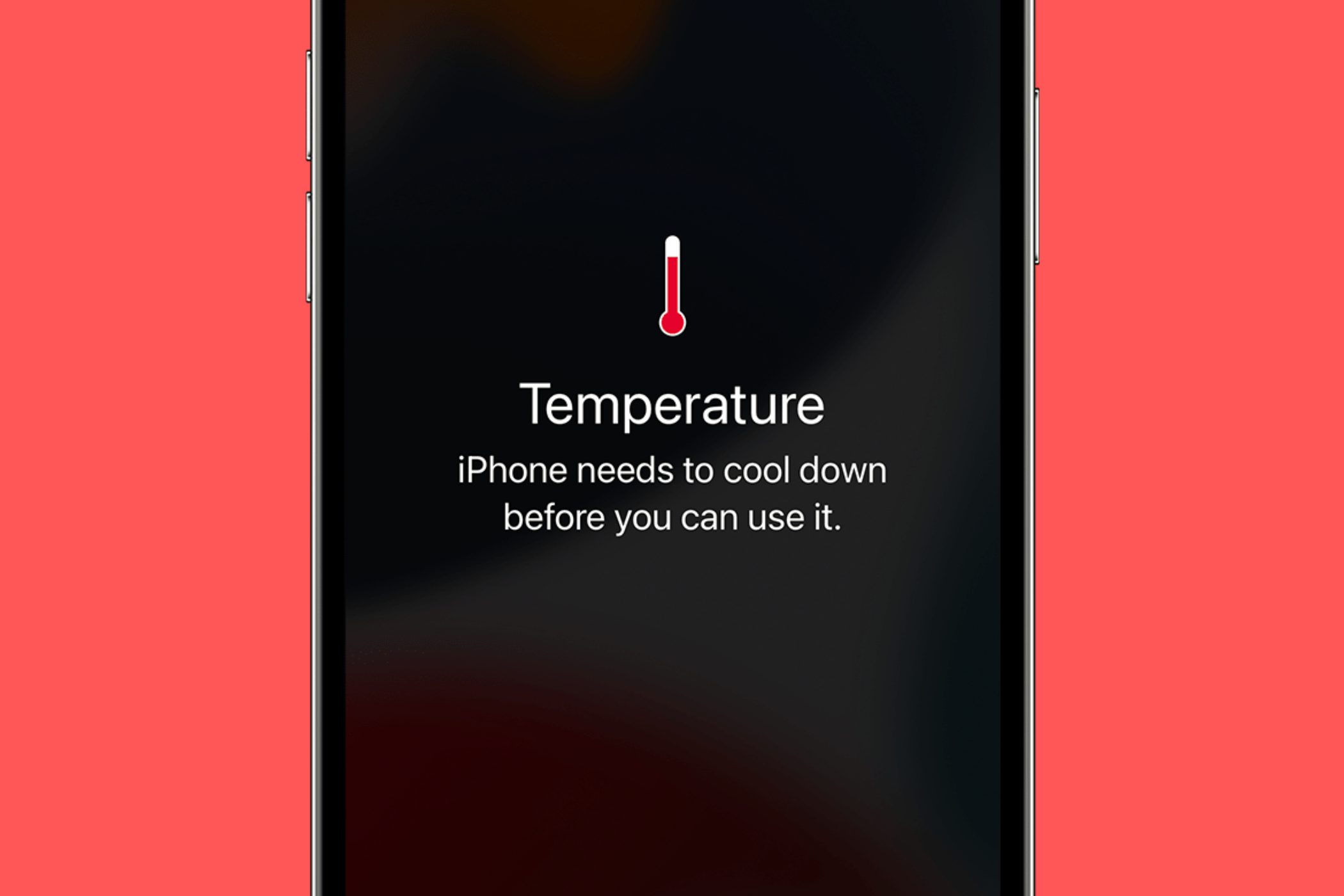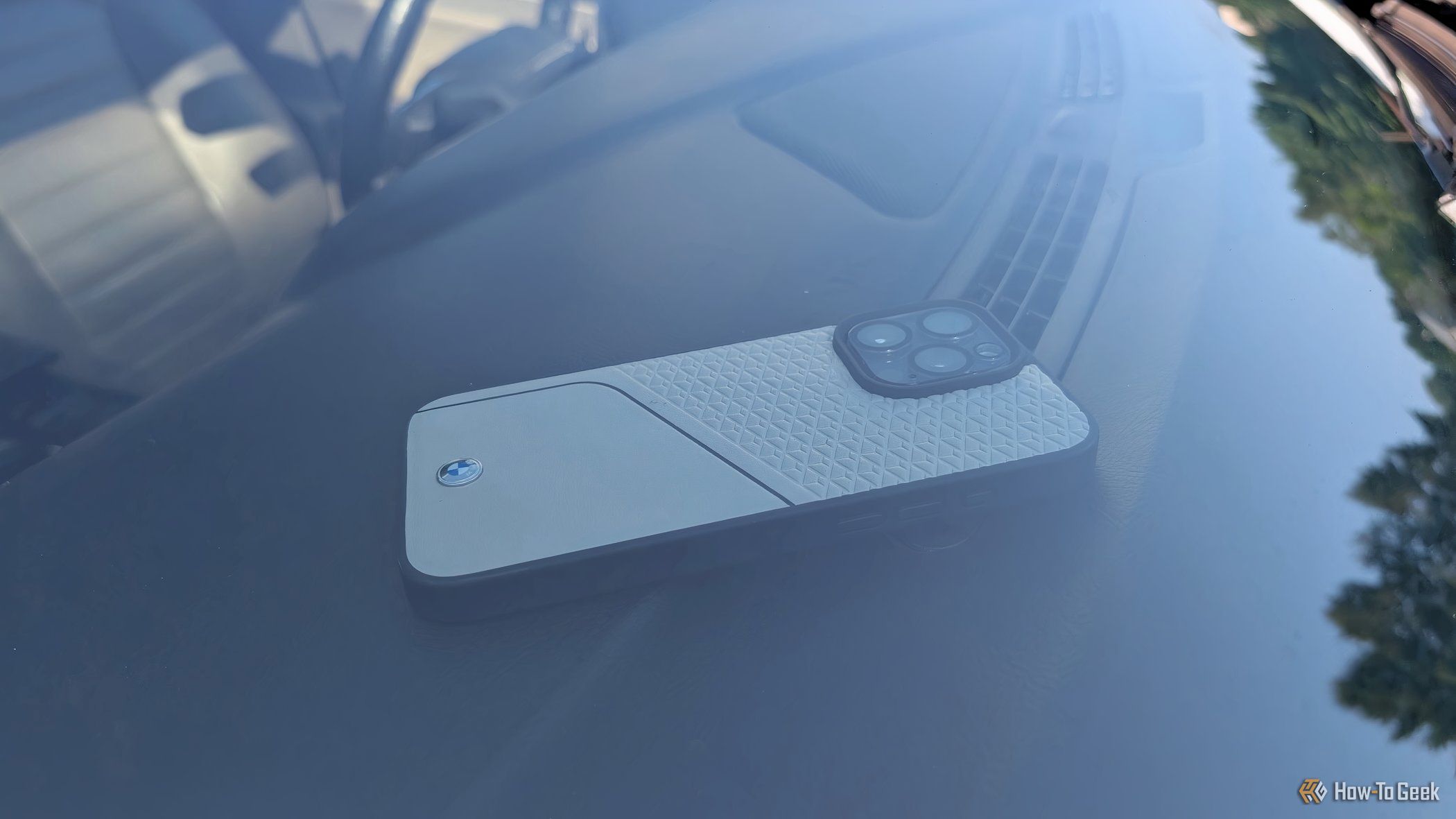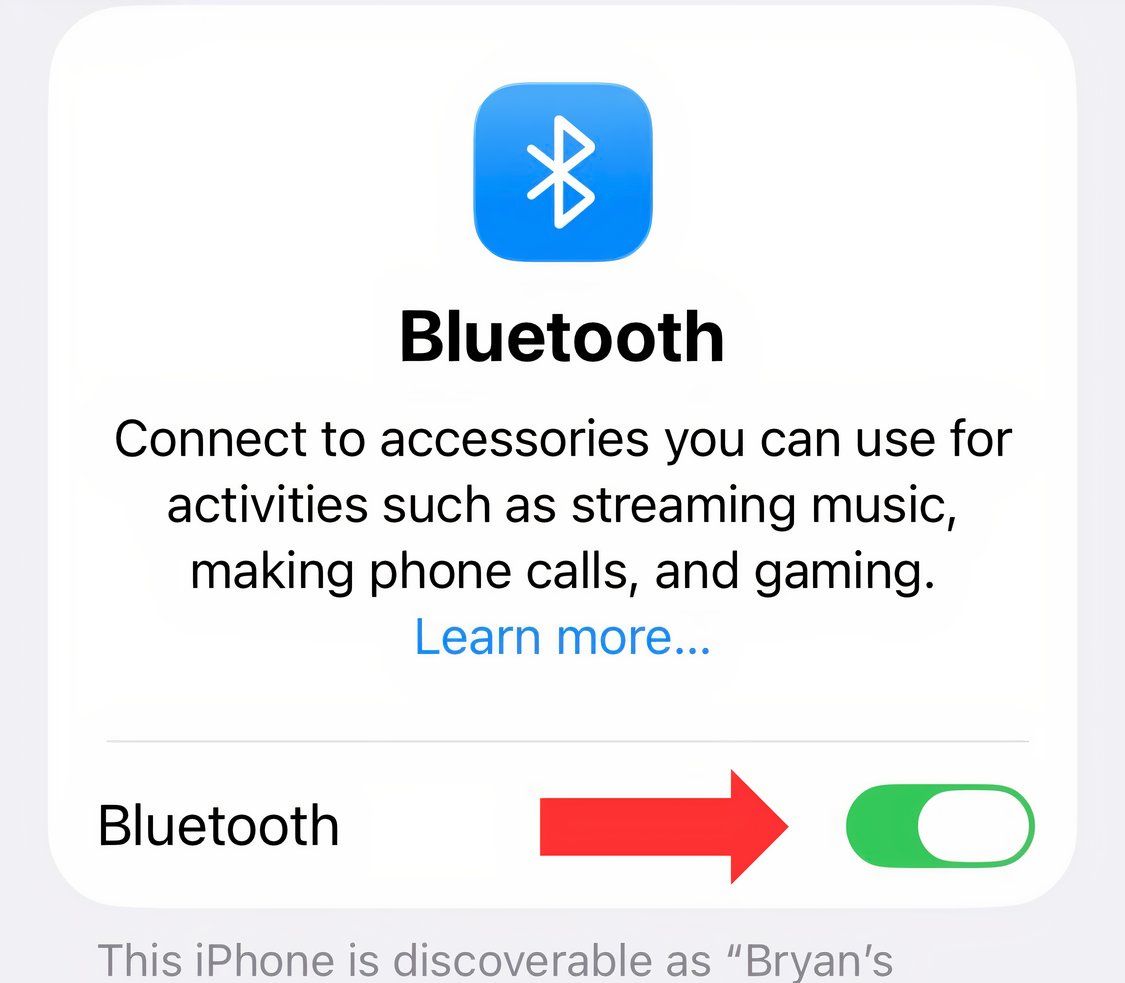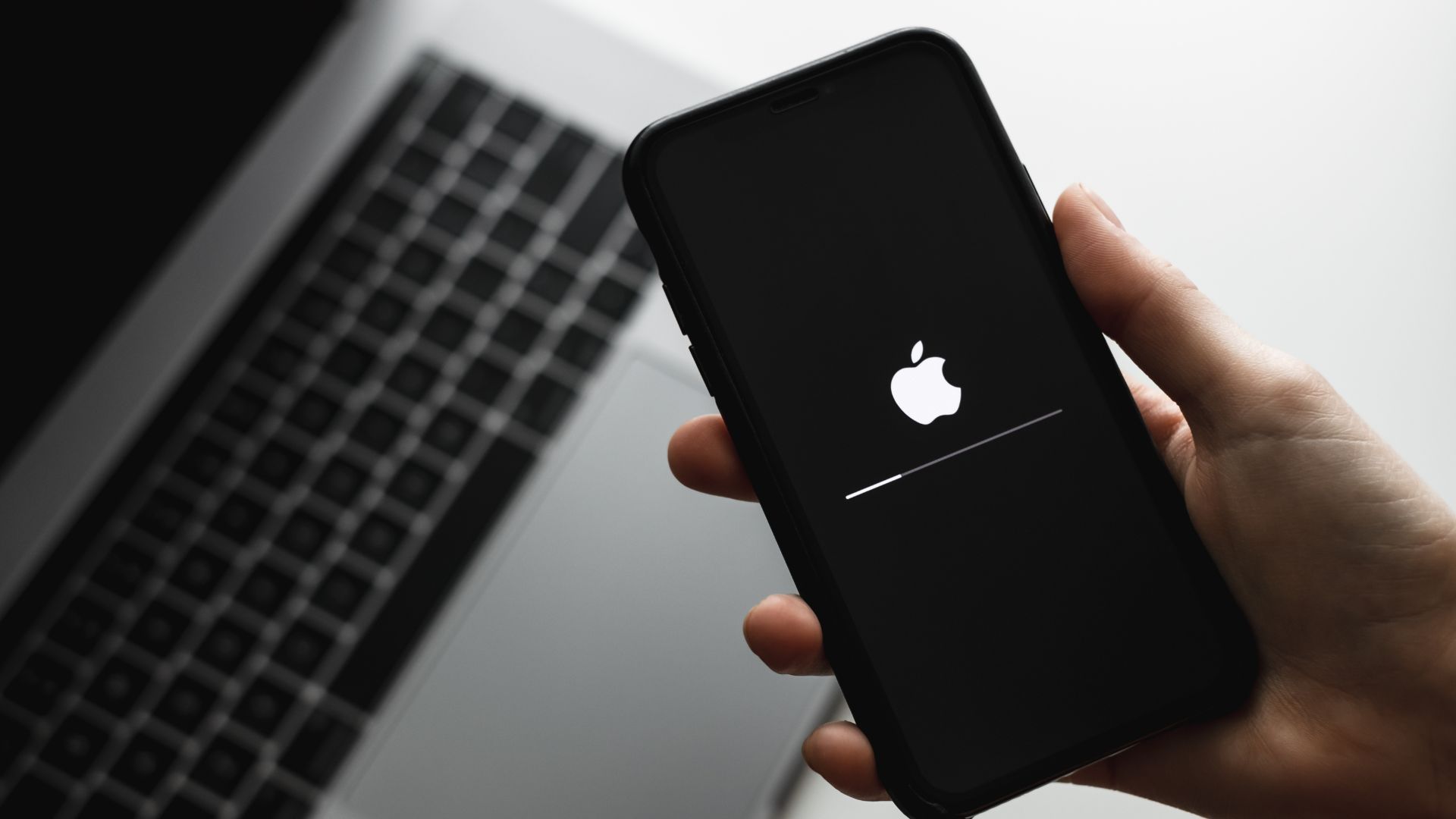It seems to happen at least once a year. I’m enjoying the warmer Pennsylvania temperatures after a cold winter and spring, and my iPhone starts acting up thanks to the higher temperatures. That’s when I know it’s too hot outside and when I need to take extra measures to protect my handset so I don’t encounter significant issues.
Want to know the measures I take? I’ve put together this guide of practical tips to help you keep your device cool and extend its battery life during hot weather.
Why Your iPhone Hates the Heat
The summer heat can significantly impact your phone’s operational speed and lifespan, regardless of the iPhone model you are using. The smartphone functions as a small computer, containing three main electronic components: the processor (CPU), graphics chip (GPU), and lithium-ion battery. Any of these can be negatively impacted by higher temperatures.
Apple states that iPhones and iPads are designed to operate within a temperature range of 0°C to 35°C (32°F to 95°F). Those internal temperatures can quickly rise due to high outside temperatures, direct sunlight, or hot environments such as a parked car. When this occurs, the device initiates thermal throttling as a protective measure. In doing so, the phone’s processing speeds slow down, and the screen begins to dim. You may also see the message “Temperature: iPhone needs to cool down” on the display.
Thermal throttling can be useful, at least in the short term, as it helps your phone manage heat spikes. However, prolonged exposure to high temperatures can cause lasting damage to the phone’s internal components, resulting in a noticeable decrease in battery efficiency and life.
If your iPhone displays a temperature warning, power it off immediately and move it to a cooler area, allowing it to cool down gradually. This is perhaps the easiest step you can take to ensure your phone is protected from the heat.
What you shouldn’t do, however, is place your phone in a freezer or refrigerator. Extreme and sudden temperature changes can cause condensation inside the device, leading to liquid damage and further problems. You should also avoid using objects like ice packs to cool your phone.
What You Can Do to Protect Your iPhone
To prevent your iPhone from overheating, follow these steps to ensure its temperature stays within safe limits. Some of these steps may require adjusting software settings, while others simply involve relocating the device to a different spot.
Environmental Management
One of the key tips to remember is to avoid exposing your phone to excessively warm confined areas, such as a car dashboard.
Additionally, when outside with your iPhone in warm temperatures, you should shield it from the sun’s effects. As such, it’s best to place it in a cooler spot, cover it with a towel, or keep it safe in a bag for protection against sun exposure.
You should also consider removing your phone’s case if it feels warm, as some cases can cause overheating. For example, ones with insulation can retain heat and interfere with the cooling process.
Software and Settings Adjustments
Your phone’s behavior also influences its temperature. To prevent overheating, lower the screen brightness—a brighter display consumes more energy and results in increased heat production. Also, shorten the time the display remains on after inactivity, and close any unnecessary background apps to reduce the workload on your iPhone’s CPU and GPU.
If you’re not currently using Wi-Fi or Bluetooth, turn them off. You can do this by going into the Settings app and then selecting Bluetooth. Under Bluetooth settings, tap the switch beside “Bluetooth” to turn it off.
You should also consider turning off location services on your phone, or at least review your current settings and remove this type of access for apps that don’t require it. Turning on your iPhone’s Airplane Mode is also helpful; this disables cellular, Wi-Fi, and Bluetooth, thereby reducing the workload on your phone.
Playing games on your phone or streaming videos for long stretches can also slowly raise its temperature. Therefore, it’s beneficial to take short breaks to allow your iPhone to naturally regulate its temperature and prevent overheating issues.
Finally, ensure that your iPhone’s software and apps are up to date, and take the necessary steps to update them regularly, as this can enhance performance.
Change How You’re Charging Your Phone
When it comes to charging your iPhone safely, it’s important to consider where and how you charge it. It’s best to avoid charging your device in warm environments, as the charging process itself generates heat. There’s no reason to add more heat to the process.
You can also ensure your phone is placed on a surface that allows for good ventilation and avoid hiding it under a pillow or blanket when charging, as this can lead to overheating.
Using Apple-certified chargers and cables is also recommended to ensure safe charging and reduce the risk of overheating.
Changes You Can Make in the Long Term
I have also taken a few additional steps over the years to further protect my iPhone from extreme temperatures. This includes freeing up storage space, as a phone with low storage can cause apps and features to work harder, leading to increased heat. I am notorious for downloading videos to my device ahead of a vacation and usually forget about them. This can occupy a significant amount of space and should be removed regularly.
Additionally, go through your apps on your iPhone and remove the ones you don’t use. You can always download them again from the App Store.
You should also find a breathable case for your iPhone, looking for one that is both thin and durable. Buying a case from a reputable manufacturer is the best course of action to take in this regard. Over the years, I’ve grown impressed with Pitaka’s woven cases. They are lightweight and have fun designs.
Finally, give your iPhone a break. If you find yourself performing a lot of intensive tasks each day, space these out so that your phone can rest and cool down.
If your iPhone continues to have overheating issues, it could have a hardware problem, such as a faulty battery. Take it to Apple or an Apple Authorized Service Provider (AASP), such as Best Buy’s Geek Squad. Authorized independent repair providers can also assist you and make your iPhone run like new again.



